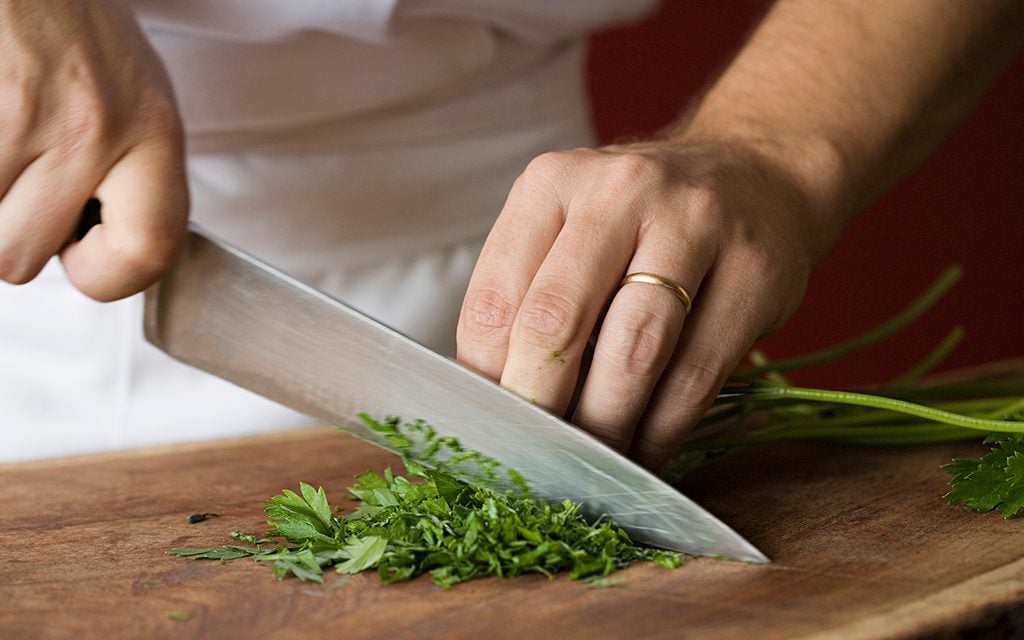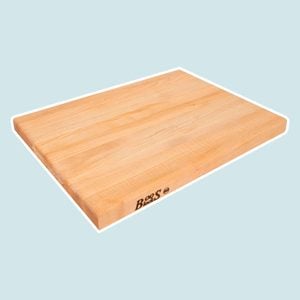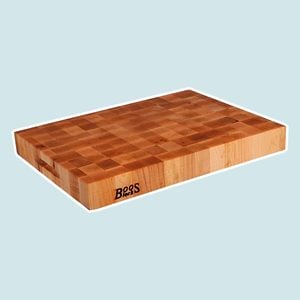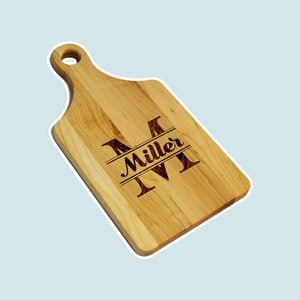The Best Wood for Cutting Boards, According to Our Test Kitchen
Updated: Mar. 09, 2023

The right cutting board is easy to clean, gentle on your knives and looks great, too. So which type of wood should you get? We break down the best wood for cutting boards, according to our Test Kitchen.
Our editors and experts handpick every product we feature. We may earn a commission from your purchases.
When it comes to kitchen tools, a durable wood cutting board is one of our essentials. The only question is, what type of wood is best? There is no shortage of materials: acacia, teak, maple, bamboo, walnut—even Japanese cypress!
Use the guide below to decide what type of wood is right for your kitchen. Then, follow our tips for expert cutting board care.
What Is the Best Wood for Cutting Boards?
The Taste of Home Test Kitchen has use every type of wood cutting board on the market. And the winner is clear: maple. Sarah Farmer, who leads the Taste of Home culinary team, says, “We like our cutting boards like we like our syrup—of the maple variety.” In other words, her go-to material for a cutting board is maple.
“It’s durable, prevents the growth of bacteria, is easy on the knives and looks nice,” Sarah adds.
Maple cutting boards are also great because they’re easy to clean and sanitize. But keep in mind, no matter which wood cutting board you use, all types of wood are fairly porous and are likely to absorb juices from raw meat. Instead, use your wood cutting board for table-ready foods like herbs, vegetables, fruit, bread and cheese.
End Grain vs. Edge Grain Cutting Boards
This is another thing to keep in mind when you’re shopping for a cutting board. The terms “end grain” and “edge grain” refer to which part of the wood is used to construct the board. End grain is the end of the wood (where you can see the rings) and edge grain is the side of the wood (where you see a familiar wood grain pattern).
The two types of cutting boards are easy to tell apart because end grain cutting boards have a distinct checkerboard pattern made from several wood “ends” being fused together. Boards made from edge grain have the more traditional cutting board look. So which one is better? It all depends on your personal preference. End grain boards are a bit more expensive, but easier on your knives. Edge grain boards are more durable, easier to maintain and more affordable, but will cause your knives to dull faster.
Top-Rated Maple Cutting Boards
Now that we’ve revealed that maple is the best wood for cutting boards, it’s time to get your hands on one! For a classic board that will last a lifetime, we love this John Boos edge grain cutting board. It has a timeless reversible design, and it’s the perfect size with plenty of chopping space. We also love this Boos end grain board which has great reviews and comes in 10 different sizes. For a smaller board with a personal touch, check out this cute handled maple cutting board.



